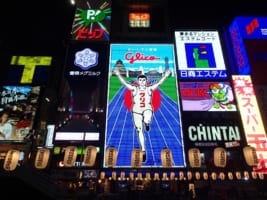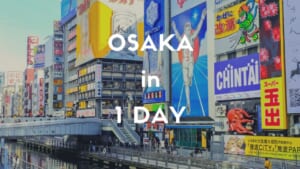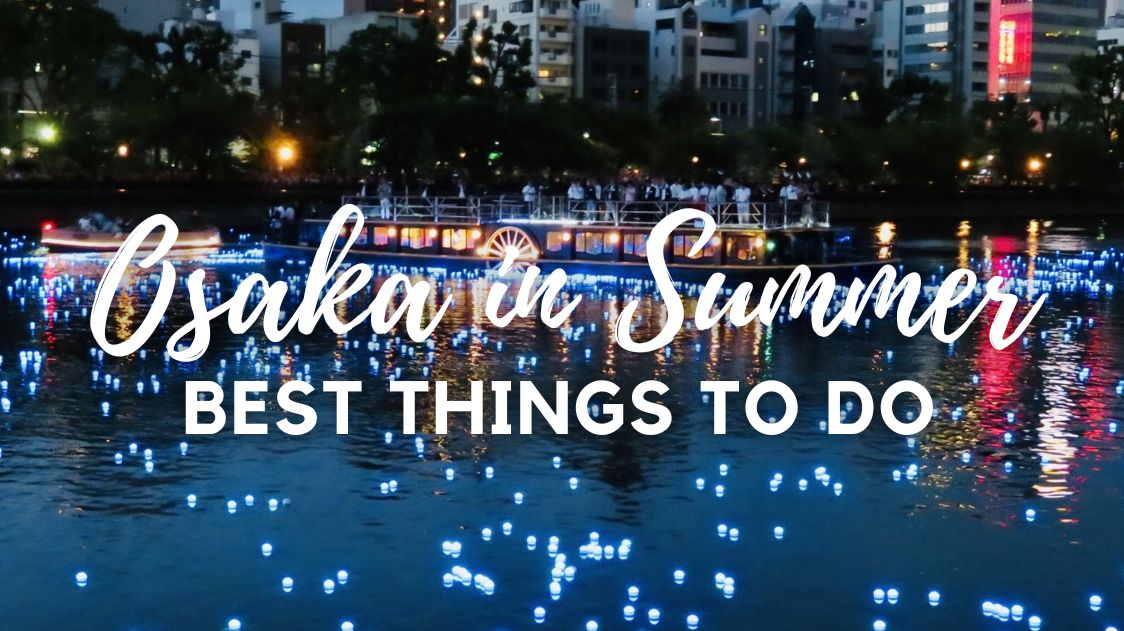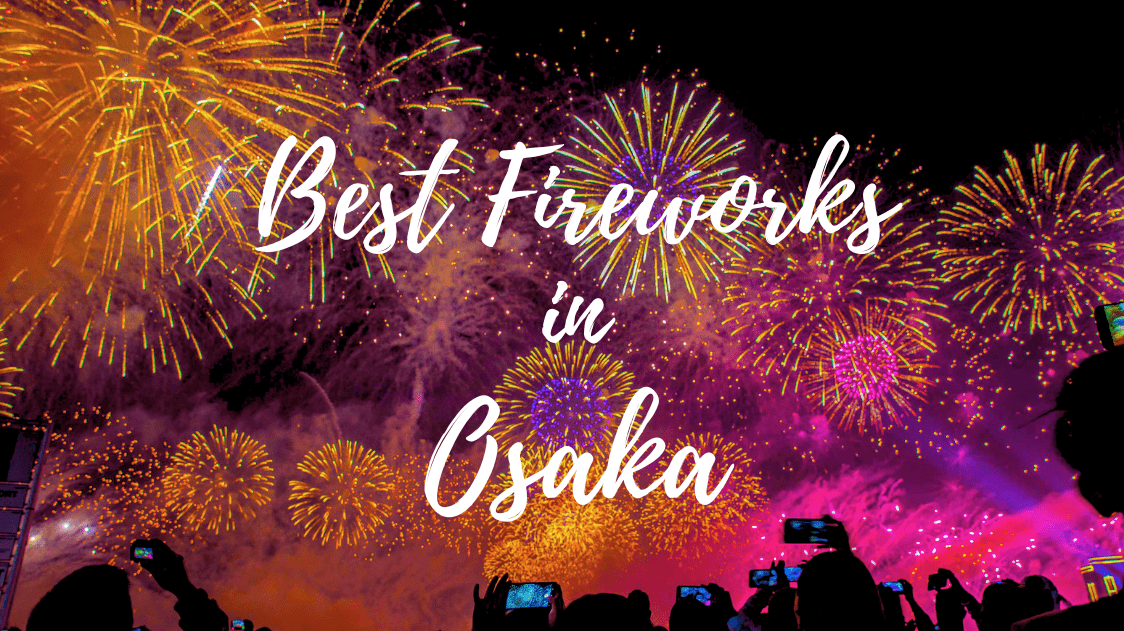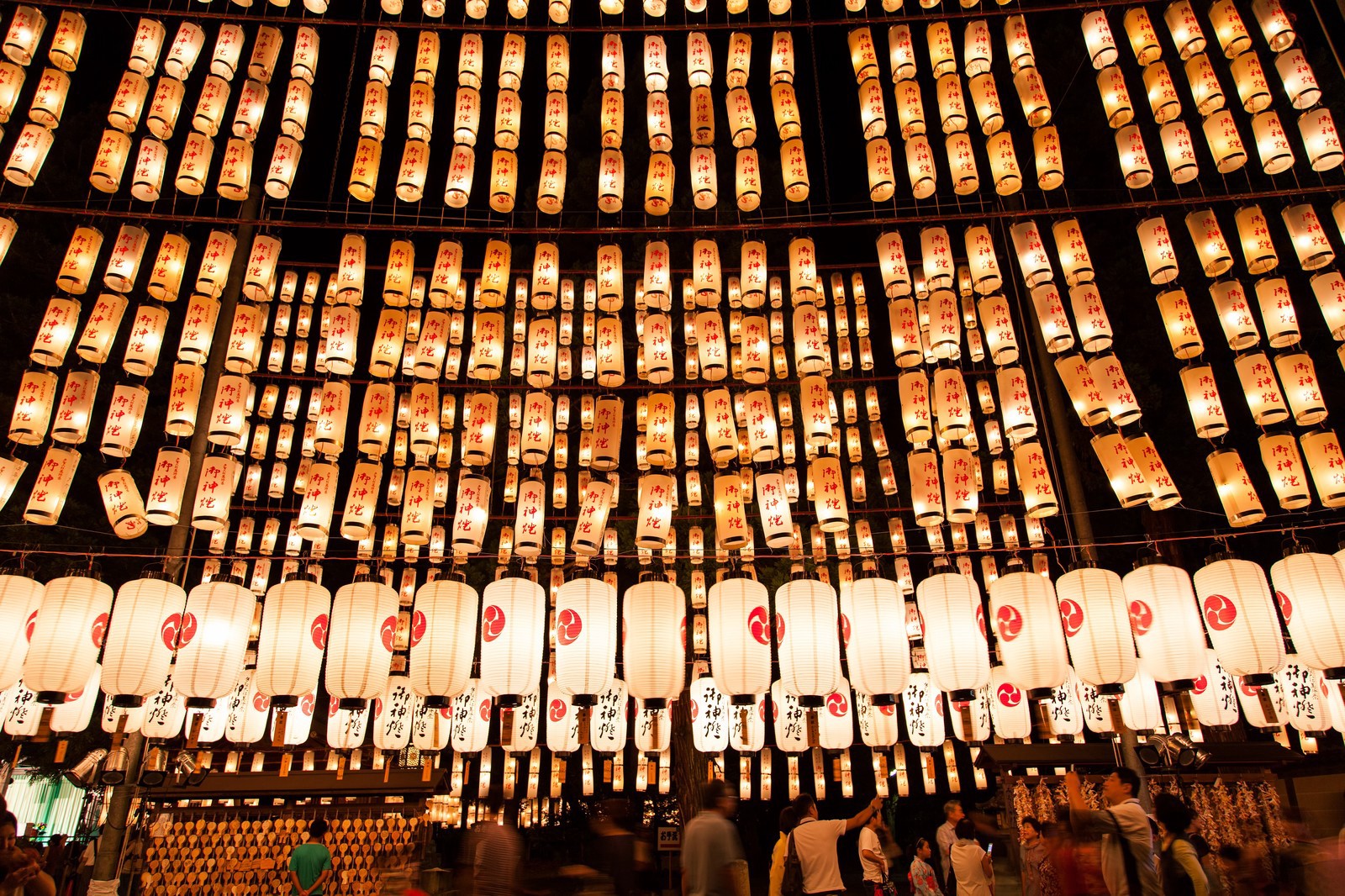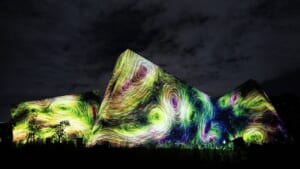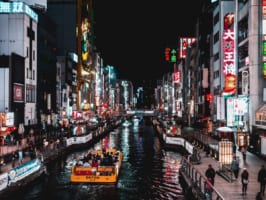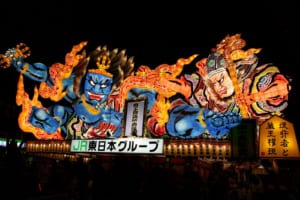Tenjin Festival: The Complete Guide
Guide to Osaka's Largest Tenjin Festival (Tenjin Matsuri)
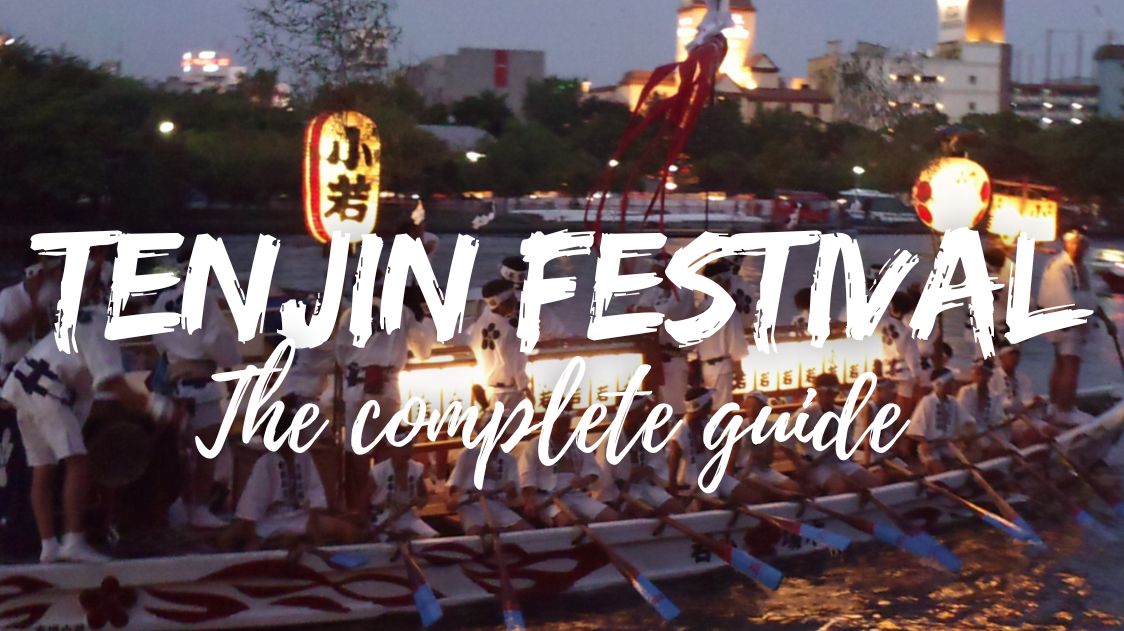
Did you know that the Tenjin Festival (天神祭) in Osaka, known for its magnificent river procession (among many other things), involves not just any boats, but unique ‘stage boats’ featuring traditional noh and bunraku performances? This fascinating aspect is just one part of the Tenjin Matsuri, a festival that ranks among Japan’s top three, alongside Kyoto’s Gion Matsuri and Tokyo’s Sanja Matsuri.
Originating in the 10th century, the Tenjin Matsuri has become a cornerstone of Osaka’s cultural identity, attracting over a million spectators annually. Centered around the Osaka Tenmangu Shrine and honoring Sugawara no Michizane, the deity of scholarship, the festival is a vibrant blend of cultural parades, music, dance, and a breathtaking fireworks display. The Tenjin Matsuri not only brings Osaka’s streets to life but also serves as a spectacular window into the rich Japanese cultural heritage.
What is the Tenjin Festival?
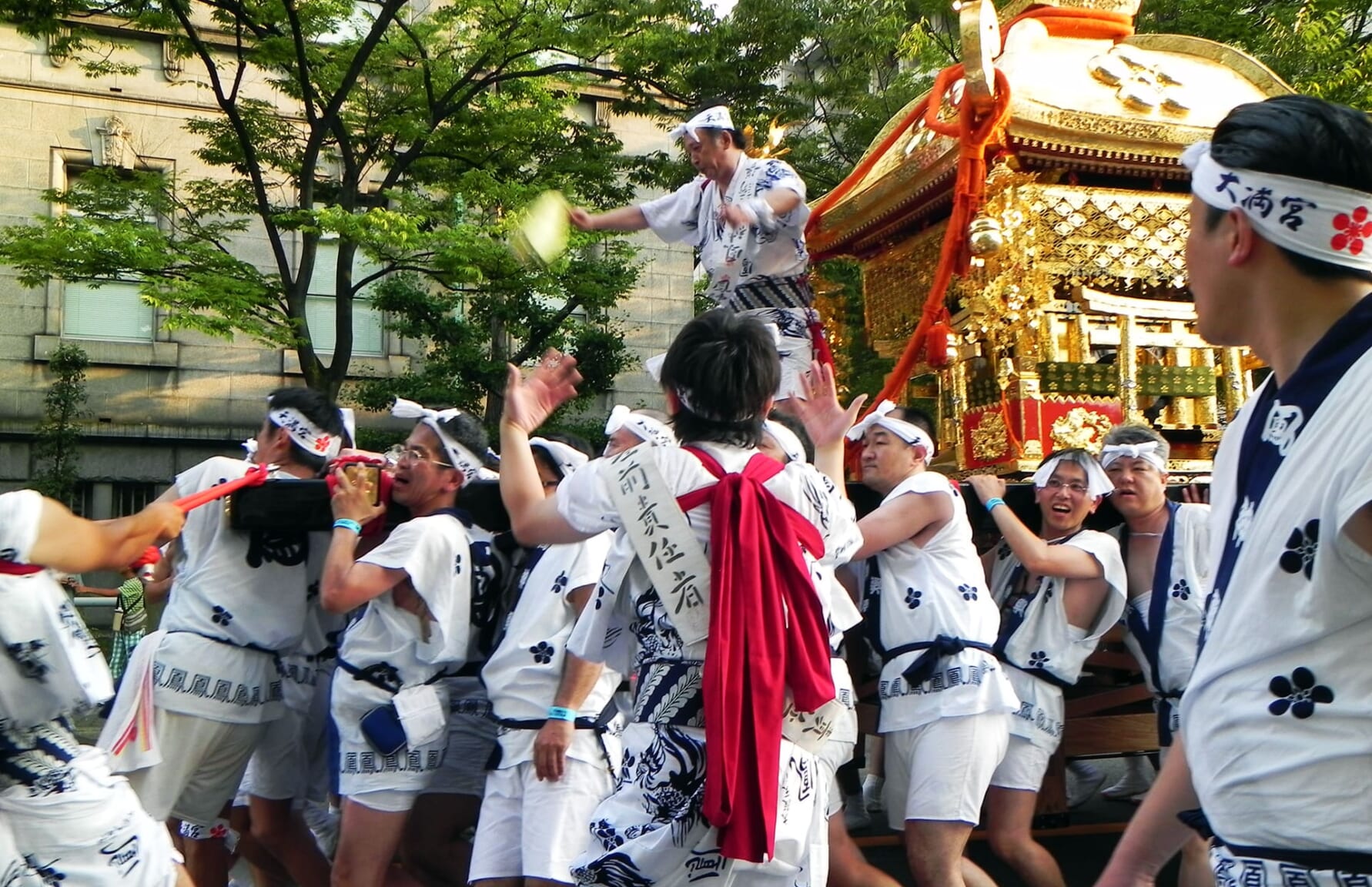
As previously mentioned, the Tenjin Matsuri is a celebration of Sugawara no Michizane (菅原 道真), the deity of scholarship that is nowadays revered at the Osaka Tenmangu Shrine as Tenjin (天神), in the heart of Osaka. This historical backdrop sets the stage for a summer festival deeply rooted in Osaka’s cultural and spiritual landscape.
According to legend, the inception of Tenjin Matsuri traces back to an incident during the Tenryaku Era when a halberd believed to be from Michizane washed up on the beach near the Tenmangu Shrine. This event marked the beginning of the two-day festival, with the ceremony involving Michizane’s divine spirit being escorted in a portable shrine to a holy resting place, otabisho, by boat, forming the basis of the festival’s unique combination of land and river processions.
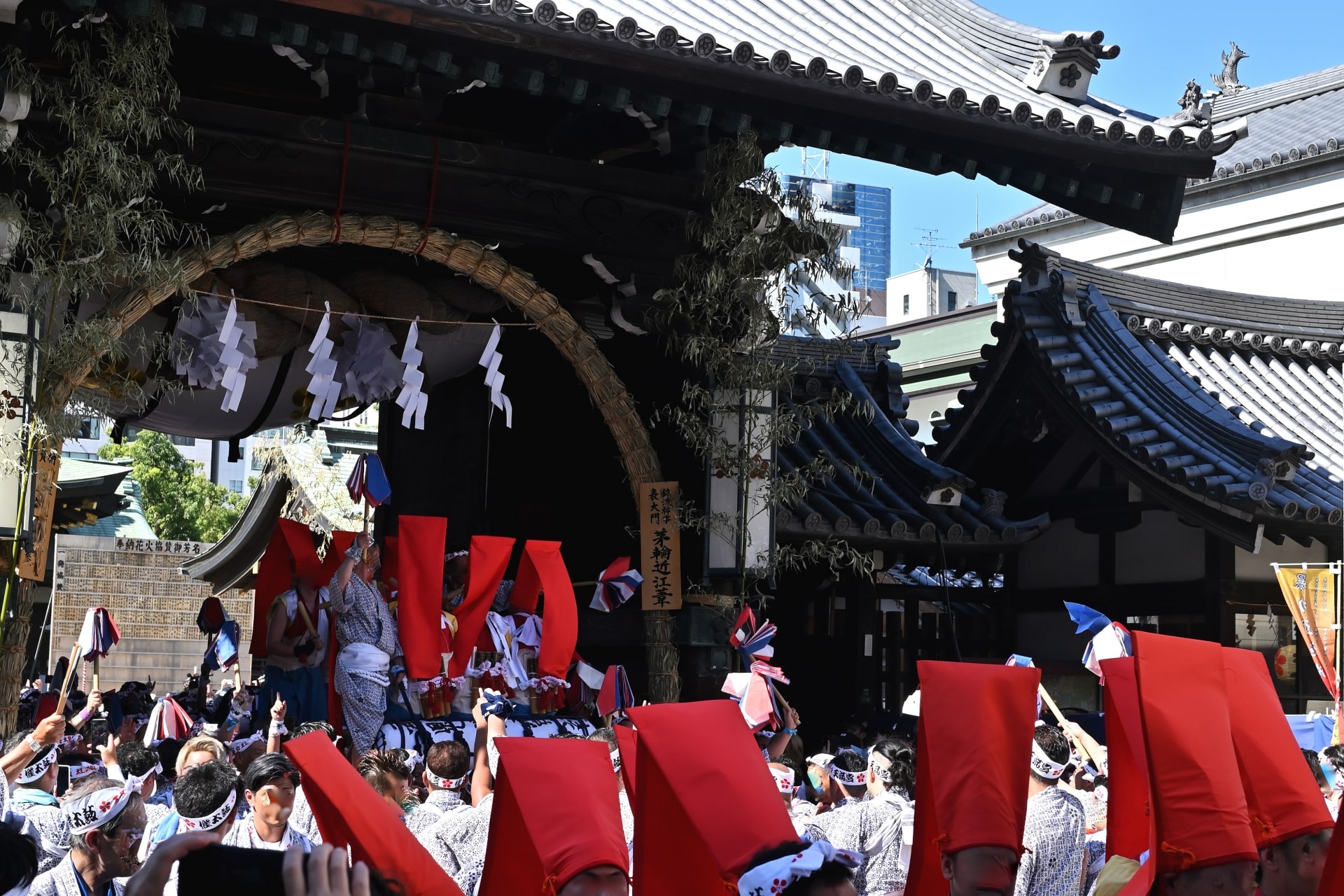 These processions, along with vibrant cultural parades, music, and dance, culminate in a spectacular hour-and-a-half-long fireworks display, creating a unique atmosphere.
These processions, along with vibrant cultural parades, music, and dance, culminate in a spectacular hour-and-a-half-long fireworks display, creating a unique atmosphere.
Osaka Tenmangu Shrine (大阪天満宮), the heart of this festival, plays a pivotal role. The festivities begin by inviting the deity out of the shrine and parading him through the city, engaging in lively festivities before returning him to the shrine. This event provides an exceptional opportunity to experience traditional Japanese culture in its most exuberant form.
When is Tenjin Festival Held?
The Tenjin Matsuri takes place annually on July 24 and 25. These dates have been a fixture in Osaka’s calendar for centuries, providing a consistent opportunity for both locals and visitors to immerse themselves in the festivities. Over the two days, the festival offers an array of activities and experiences, capturing the spirit of traditional Japanese celebrations in a modern metropolis. Also, since 1981, a pre-festival parade called Gal Mikoshi is held on July 23, for those eager to get the party started
Where is Tenjin Festival Held?
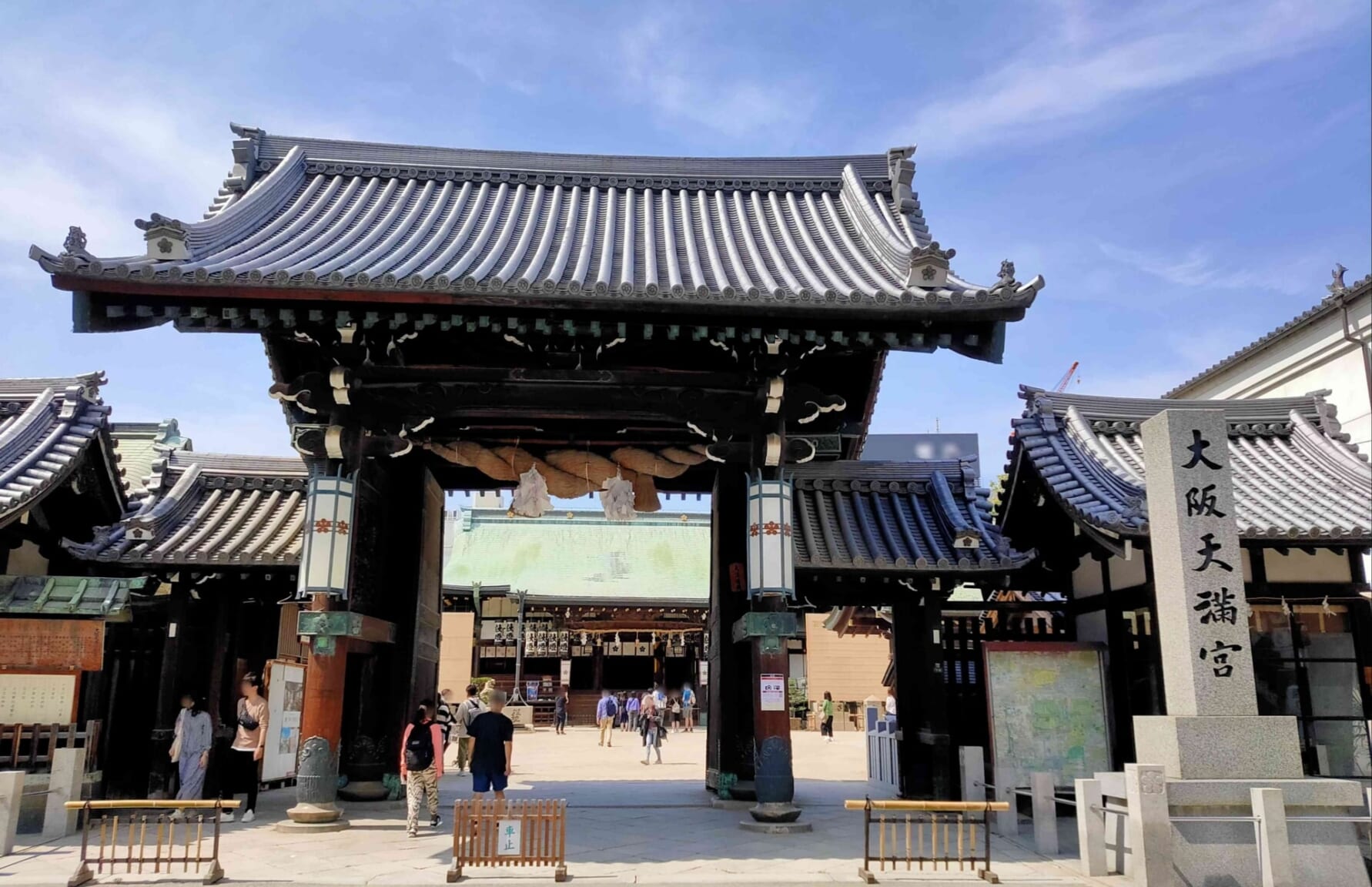 The Tenjin Matsuri unfolds in and around the Osaka Tenmangu Shrine. For an optimal experience, especially during the river procession and fireworks, it’s recommended to secure a good viewing spot early. The festival’s popularity means that competition for the best spots can be intense, with paid seating available for advance booking. Bridges along the Okawa River offer great vantage points, although pedestrian movement is regulated to ensure smooth traffic flow
The Tenjin Matsuri unfolds in and around the Osaka Tenmangu Shrine. For an optimal experience, especially during the river procession and fireworks, it’s recommended to secure a good viewing spot early. The festival’s popularity means that competition for the best spots can be intense, with paid seating available for advance booking. Bridges along the Okawa River offer great vantage points, although pedestrian movement is regulated to ensure smooth traffic flow
Getting to Tenjin Festival
To reach the heart of the festival, visitors can take the JR line to Osaka Tenmangu station or the Tanimachi or Sakaisuji lines on the Metro to Minamimorimachi station. During the festival, especially on the second day, access to the shrine itself can be challenging due to the crowds. Tenmabashi station is a strategic location for those aiming to catch the river procession
What to see at Tenjin Festival
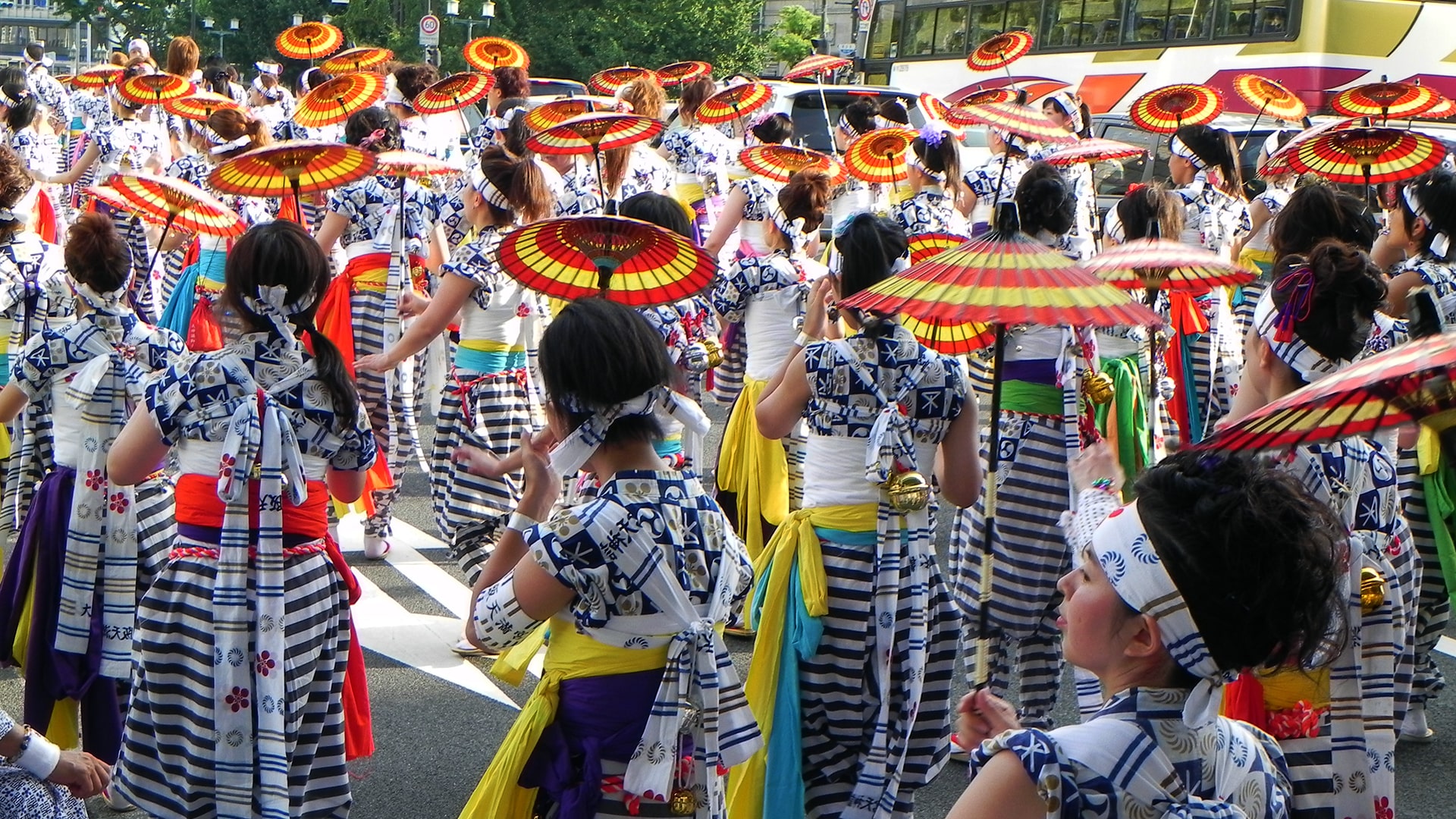
Here’s an overview of the things you should look forward to during the festival:
- Ichibandaiko: For the early birds out there! Signaling the start of the festival, Ichibandaiko occurs at 4:00 AM on the first day. The main gate of Osaka Tenmangu Shrine opens, and the ganji of Moyo-oshidaiko strikes the giant ichibandaiko drum, accompanied by danjiri music and a dragon dance.
- Hokonagashi Shinji: A ritual of deep cultural significance on the first day, Hokonagashi Shinji involves divine children releasing a white wooden hoko float into the Dojimagawa River. This ceremony is symbolic, representing the cleansing of sins and impurities and is a poignant reminder of the festival’s ancient origins.
- Rikutogyo: A large land procession on the second day, featuring approximately 3,000 participants, Rikutogyo is a visual feast. Participants, dressed in colorful costumes and carrying sacred objects, march from Osaka Tenmangu Shrine to the boat landing. A memorable feature are the girls during the kasa-odori, marching and dancing with red and yellow umbrellas. This procession is reminiscent of an elegant historical scroll painting come to life.
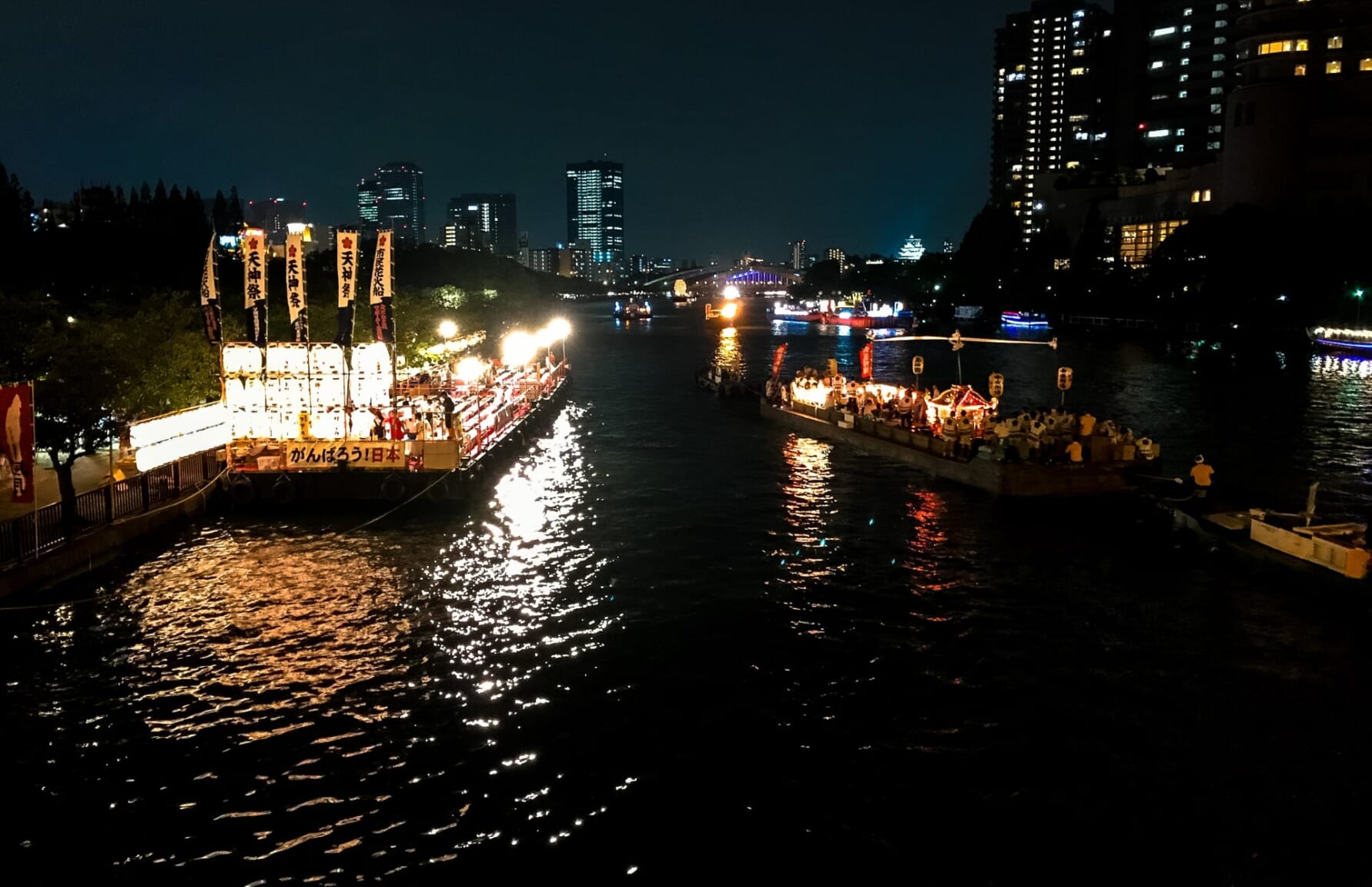
- Funatogyo: Once the Rikutogyo reaches Okawa River, it continues on more than 100 boats, including ones carrying the deity’s spirit and others with drums and floats, traversing said river. This boat procession is a captivating display of respect and celebration, with boats like the Gohoren Houansen and Omukae-bune adding to the festival’s grandeur.
- Funatogyo Senjosai: A solemn ritual aboard the boats during the river procession, where the deity observes the lives of worshippers and citizens. This ritual is a moment of spiritual connection and reverence, adding depth to the festival’s celebrations.
- Fireworks: The festival culminates in a magnificent fireworks display, lighting up the night sky of Osaka. Around 4,000 fireworks, including the unique “kōbai” fireworks, create a breathtaking scene over the river, marking a spectacular end to the festival
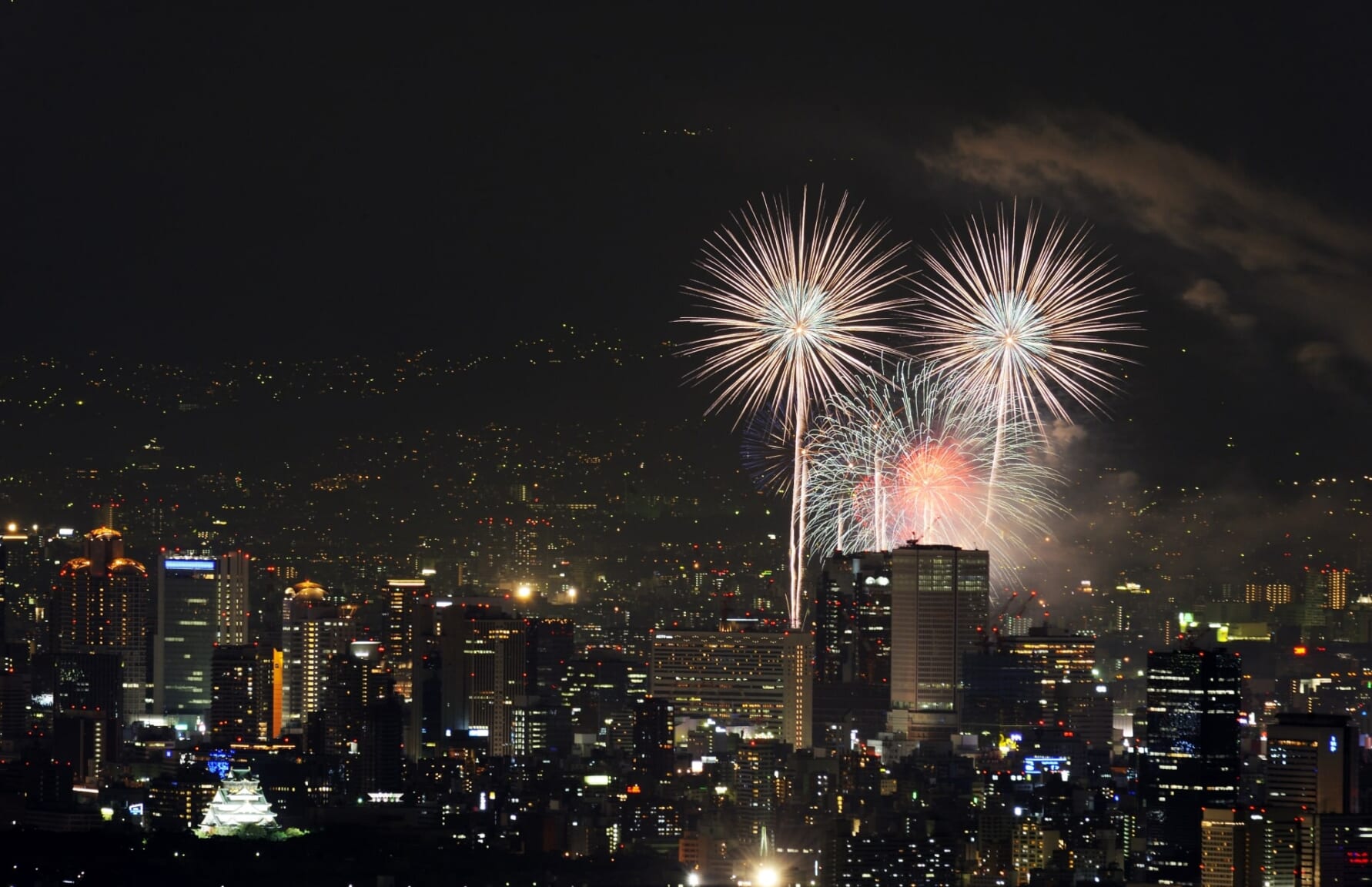 Throughout the festival, the streets of Osaka come alive with food stalls and lanterns, adding to the celebratory mood. Festival-goers can indulge in popular delights like yakisoba, baby castella, and takoyaki!
Throughout the festival, the streets of Osaka come alive with food stalls and lanterns, adding to the celebratory mood. Festival-goers can indulge in popular delights like yakisoba, baby castella, and takoyaki!
Tourist attractions near Tenjin Festival
1. Osaka Museum of History
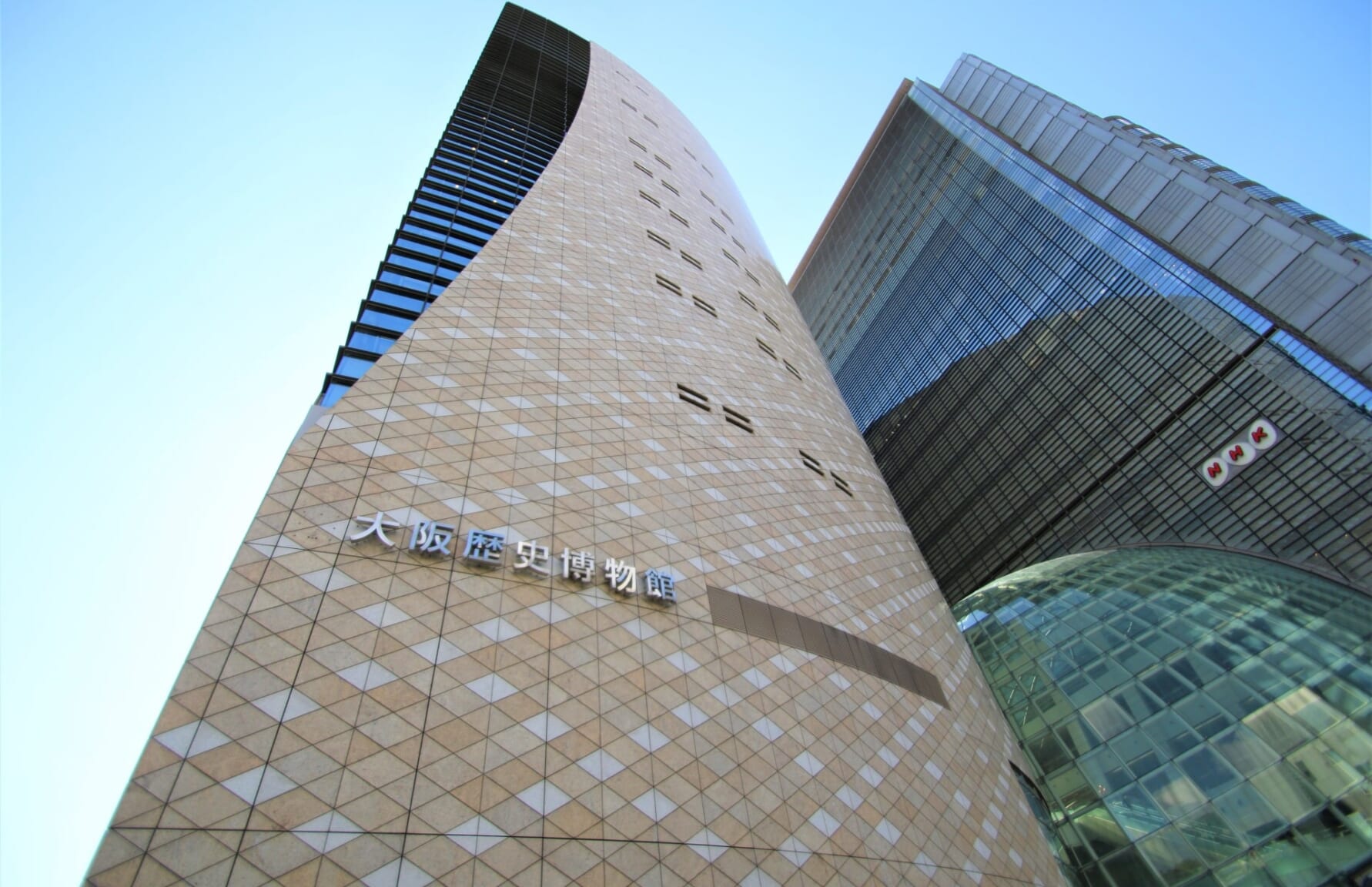 Osaka Museum of History (大阪歴史博物館), near the festival location and next to Osaka Castle, provides an insightful look into Osaka’s rich past. Visitors can explore various exhibits that trace the city’s history from ancient times to the present.
Osaka Museum of History (大阪歴史博物館), near the festival location and next to Osaka Castle, provides an insightful look into Osaka’s rich past. Visitors can explore various exhibits that trace the city’s history from ancient times to the present.
Information
 Access Access |
30-min walk from Osaka Tenmangu Shrine |
|---|---|
 Official Website Official Website |
https://www.osakamushis.jp/ |
2. Nakanoshima Park
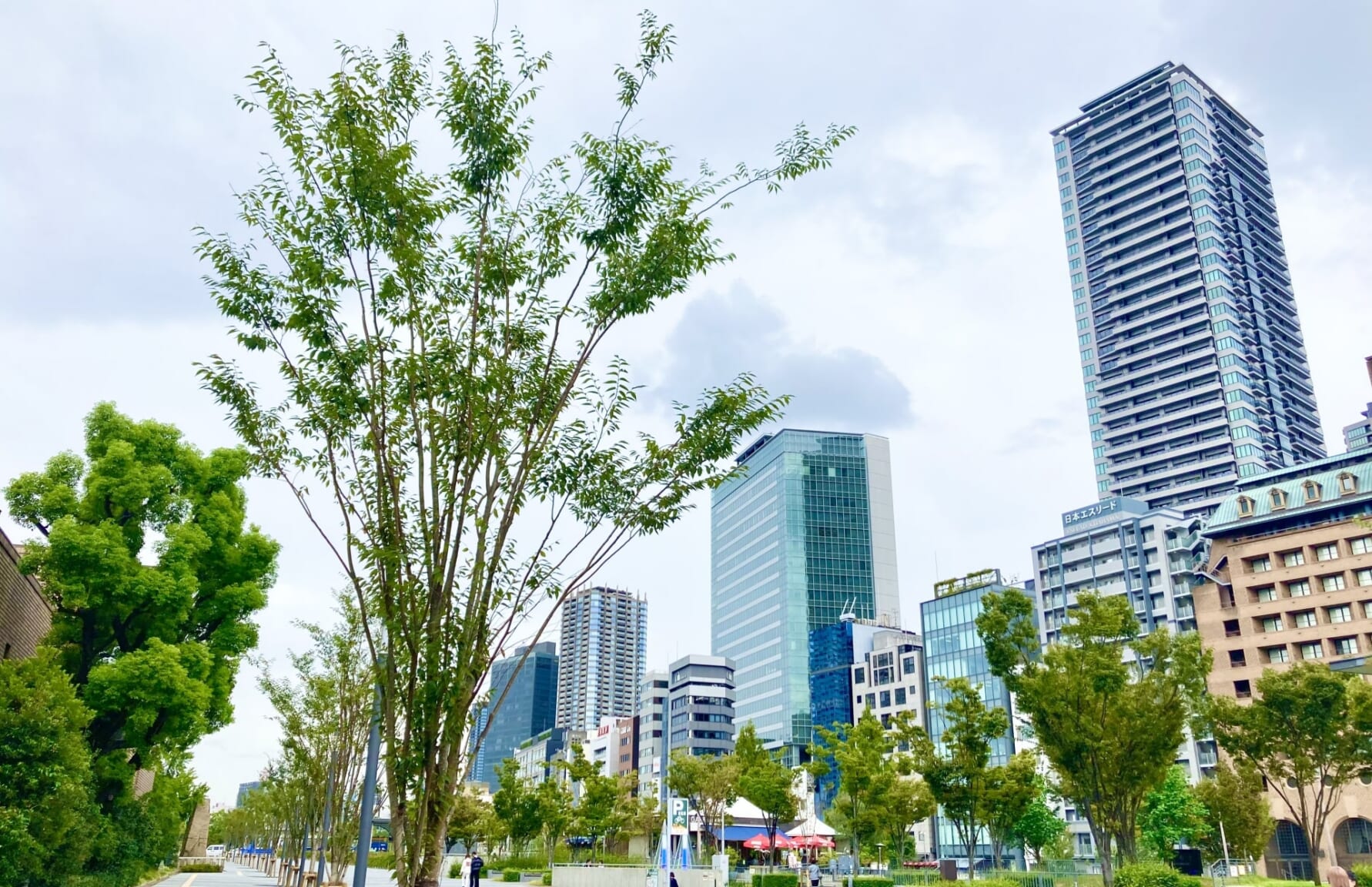 Nakanoshima Park (中之島公園) is a tranquil spot ideal for a stroll in Nakanoshima. With its lush greenery and soothing river views, the park offers a peaceful retreat from the festival’s energy and scenic views of the surroundings.
Nakanoshima Park (中之島公園) is a tranquil spot ideal for a stroll in Nakanoshima. With its lush greenery and soothing river views, the park offers a peaceful retreat from the festival’s energy and scenic views of the surroundings.
Information
 Access Access |
7-min walk from Osaka Tenmangu Shrine |
|---|---|
 Official Website Official Website |
https://www.osakapark.osgf.or.jp/nakanoshima/ |
3. Tenjinbashisuji Shopping Arcade
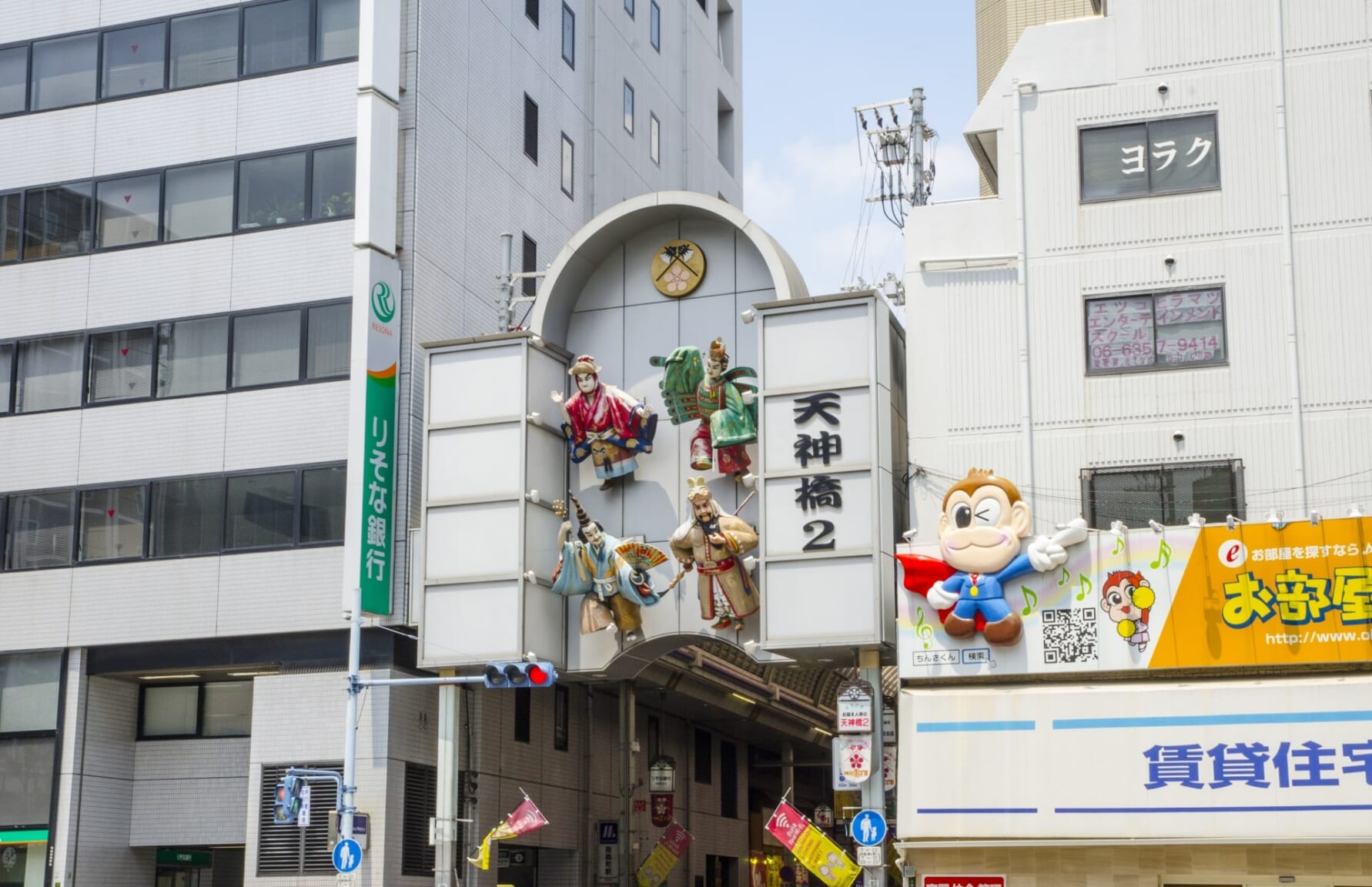 As the longest shopping street in Japan, Tenjinbashisuji (天神橋筋商店街) offers an authentic shopping experience. Here, visitors can explore a myriad of shops and eateries, experiencing the local lifestyle and finding unique souvenirs.
As the longest shopping street in Japan, Tenjinbashisuji (天神橋筋商店街) offers an authentic shopping experience. Here, visitors can explore a myriad of shops and eateries, experiencing the local lifestyle and finding unique souvenirs.
Information
 Access Access |
1-min walk from Osaka Tenmangu Shrine |
|---|
As the vibrant hues and sounds of the Tenjin Festival fade, they leave a lasting impression of Osaka’s dynamic culture. This festival, a lively embodiment of the city’s traditions and modern vibrancy, offers an unforgettable experience for all who attend.
This festival is a window into the soul of Osaka, offering both locals and visitors an opportunity to experience the city’s history and contemporary charm. The lively atmosphere, traditional performances, and stunning fireworks make it a memorable event.
The Tenjin Matsuri, with its deep historical roots and vibrant cultural displays, is a spectacle not to be missed. From the ritualistic parades to the dazzling fireworks, this festival offers a unique glimpse into Japan’s rich cultural heritage. Paired with visits to nearby historical and cultural sites, experiencing the Tenjin Matsuri in Osaka promises an unforgettable journey into the heart of Japanese tradition and celebration.
▶️Check more exciting festivals in Osaka!
▽Subscribe to our free news magazine!▽
For more information about traveling in Japan, check these articles below, too!
▽Related Articles▽
▼Editor’s Picks▼
Written by
Photographer, journalist, and avid urban cyclist, making sense of Japan since 2017. I was born in Caracas and lived for 14 years in Barcelona before moving to Tokyo. Currently working towards my goal of visiting every prefecture in Japan, I hope to share with readers the everlasting joy of discovery and the neverending urge to keep exploring.






